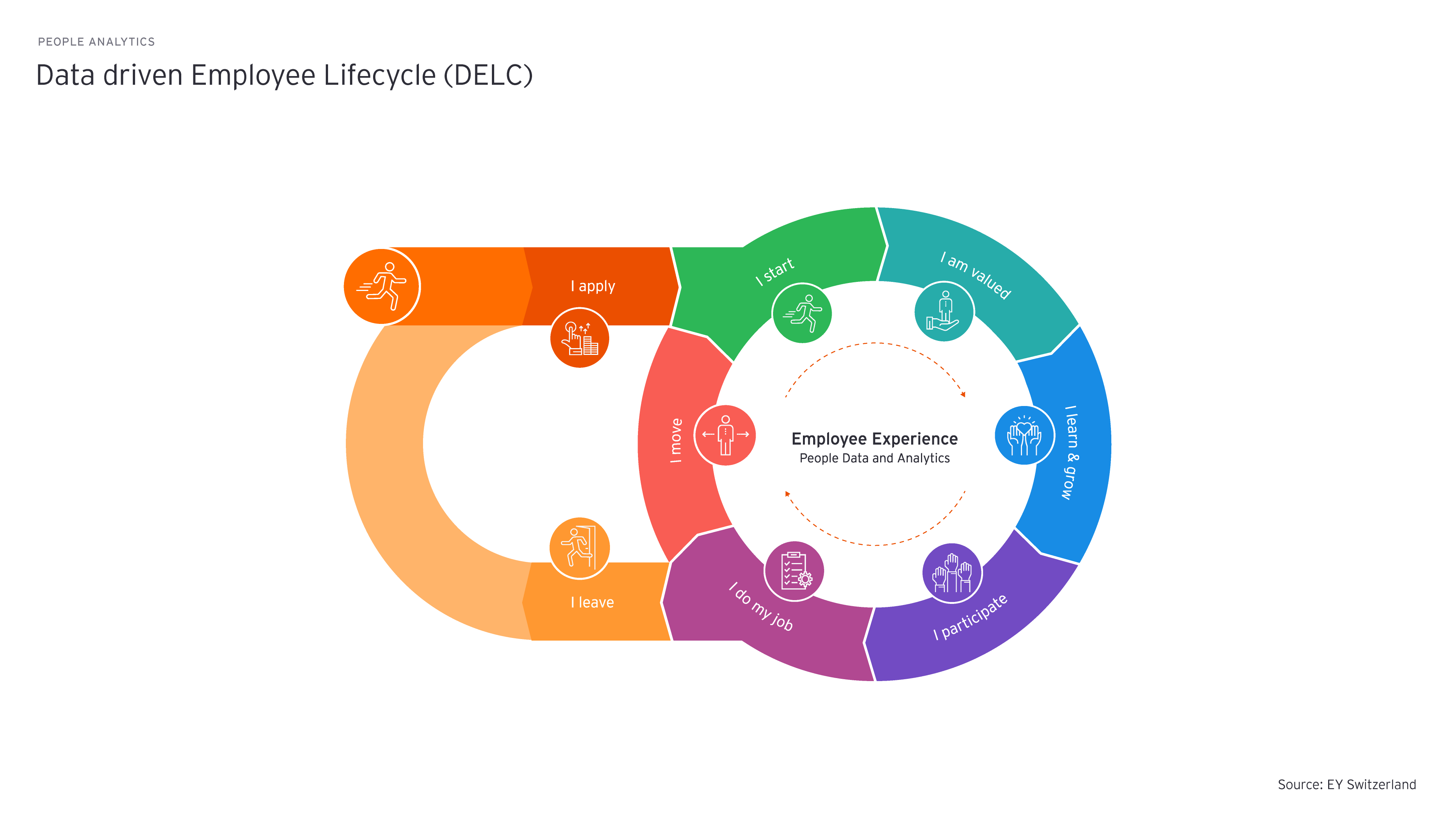EY refers to the global organization, and may refer to one or more, of the member firms of Ernst & Young Limited, each of which is a separate legal entity. Ernst & Young Limited is a Swiss company with registered seats in Switzerland providing services to clients in Switzerland.
How EY can help
-
Our professionals can help you establish workforce analytics that can inform regular action planning, reporting and ongoing program oversight. Learn more.
Read more
When moving forward with an ESG strategy, it is also important to consider ESG topics in the process of candidate selection. You might be asking yourself: why this is important? When filling critical positions, such as leadership or managerial positions, the right candidate to model ESG value can have cascading organizational impacts. To lead by example, influencing employee reception, commitment, and behavioral execution of leadership in line with ESG incentives. An insights-driven approach can guide hiring decisions to find the right candidate with the right values to propel your ESG strategy forward. Moreover, automated succession checkers can offer insights into diversity and inclusion topics in the process of finding suitable successors for an open role.
More than half of all employees in 2021 were open to leaving their company for new roles, but this percentage drops to 12% if employees believe their company is making a positive impact in the world (Source: PAS and Sustainability – Putting Humans at Center). People Analytics insights using AI and natural language processing (NLP) technologies, i.e., technologies used to enable computers to process human language (e.g., in language translation), allow more than just ESG reporting and descriptive analytics. When combining NLP insights with industry benchmarks, People Analytics can deliver prescriptive insights, allowing data-driven decisions. Further, utilizing NLP, AI and data science, you can monitor changes in employee perception and reception of ESG topics over months or years, delivering real-time insights and forecasting through the analysis of unstructured documents. People Analytics can determine the need for up-skilling employees in ESG matters, measure if ESG strategies are embedded in the culture, measure employee engagement and performance and measure inclusion and diversity – including neurodiversity. Expanded metrics and disclosures set forth by the WEF in 2020 include reporting on employee well-being. People Analytics can deliver continual monitoring and thus determine the need for early intervention to ensure your workforce is happy and healthy, boosting productivity and reducing absenteeism.




